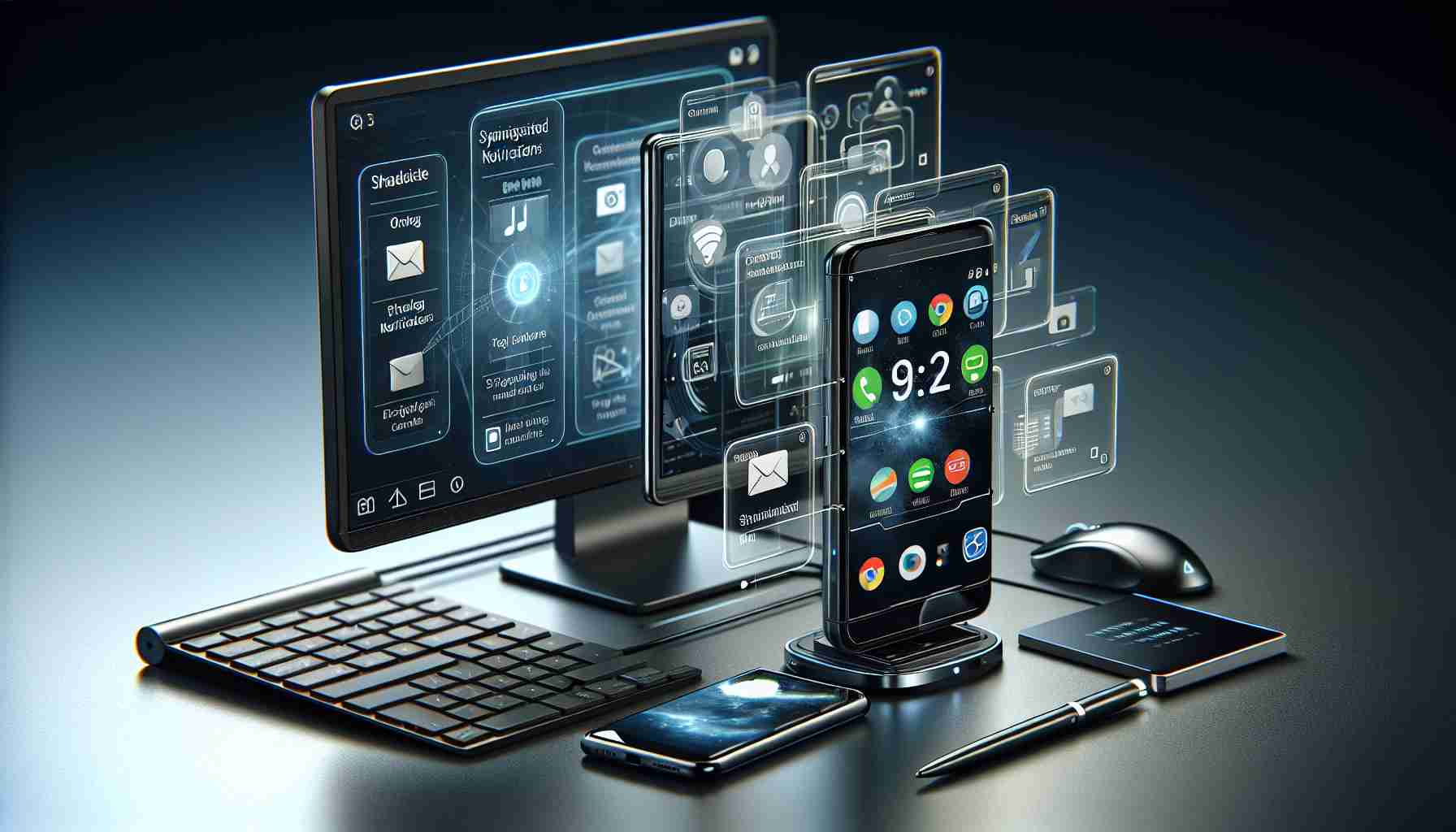Microsoft is revolutionizing the way Android phones connect with Windows 10 and 11, aiming to create a seamless experience for users. The integration of the Phone Link app into the Windows start menu is set to make accessing and utilizing smartphone features even more intuitive.
The core functionality of Phone Link remains unchanged, but Microsoft is enhancing its visibility and accessibility within the Windows ecosystem. Users will be able to monitor their phone’s battery status, connectivity, manage messages, calls, and photos directly from the start menu. Additionally, the feature enables users to seamlessly continue activities from their smartphones and utilize selected apps on a larger PC screen.
As exciting as this development is, the rollout of this new feature is currently limited to participants in the Windows 11 Insider Preview program. There is no official timeline for when Phone Link will be integrated into the stable version of Windows 11. For now, the feature is exclusively compatible with Android phones and requires participants to have Windows 11 Insider Preview Build 22635.3790 or higher installed.
While the widespread availability of this feature may still be on the horizon, Microsoft’s progressive steps towards enhancing smartphone-PC integration are promising for the future of digital connectivity.
Expanding Microsoft’s Smartphone-PC Integration: Unveiling New Dimensions
Microsoft’s ambitious strides in enhancing the synergy between smartphones and PCs have now ventured into uncharted territories, paving the way for a truly interconnected digital ecosystem that transcends conventional boundaries. While the Phone Link app continues to serve as the linchpin of this integration, several lesser-known facets add depth to this innovative approach.
What new functionalities are being explored beyond the current features?
In addition to the existing features, Microsoft is delving into the realm of cross-device productivity by exploring the seamless transfer of files and clipboard content between smartphones and PCs. This upcoming capability is poised to redefine how users interact with their devices, simplifying tasks that involve quick sharing and accessibility across platforms.
Are there any plans to extend compatibility to iOS devices?
As of now, the focus remains on Android phones; however, whispers within tech circles suggest that Microsoft is evaluating the feasibility of extending compatibility to iOS devices in the future. The potential integration with Apple’s ecosystem could present a significant leap towards universal device connectivity, but technical complexities and ecosystem restrictions pose formidable challenges.
What are the primary challenges hindering widespread adoption of integrated smartphone-PC features?
One of the key hurdles lies in ensuring seamless synchronization across a myriad of device configurations and operating systems to deliver a consistent user experience. Privacy concerns regarding data sharing between devices, as well as potential security vulnerabilities in the interconnected ecosystem, also pose significant challenges that Microsoft must address to foster trust among users.
Advantages and Disadvantages of Microsoft’s Innovative Approach:
The advantages of Microsoft’s innovative approach to smartphone-PC integration are multifaceted, offering users unparalleled convenience, productivity enhancements, and a holistic digital experience that blurs the lines between devices. By seamlessly bridging the gap between smartphones and PCs, Microsoft is empowering users to effortlessly switch between devices while maintaining continuity in their workflows and tasks.
However, amidst the promise of enhanced connectivity, there exist certain disadvantages that warrant consideration. Dependency on a specific ecosystem, in this case, Microsoft’s Windows platform, may limit access for users outside this domain. Moreover, the intricacies of integrating diverse hardware and software configurations could lead to compatibility issues, potentially alienating users with non-standard setups.
As Microsoft continues to pioneer innovations in smartphone-PC integration, navigating these advantages and disadvantages will be crucial in shaping the future landscape of digital connectivity and device interaction.
For further insights into Microsoft’s latest developments and strategies in the realm of smartphone-PC integration, visit Microsoft’s official website.
